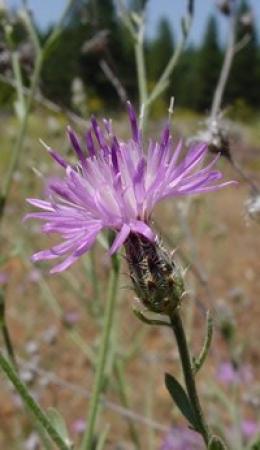California's Pest Rating System
California’s Food & Agriculture Code Section 403 requires that, "The department shall prevent the introduction and spread of injurious insect or animal pests, plant diseases, and noxious weeds."
The California Department of Food & Agriculture (CDFA) has developed a pest policy which recognizes that organisms vary as to their potential and actual harm to California’s agriculture and environment. This significance becomes the basis for determining what to do or not do about a particular pest.
CDFA has established an action oriented pest rating system to serve as a guide for CDFA biologists, ag commissioners, and other interested parties. These ratings are intended to provide information regarding a pest’s environmental, agricultural, and/or biological significance and the action recommended by CDFA to deal with the pest:
"A" - Organism of known economic importance subject to state (or ag commissioner) enforced action such as:
- Quarantine Regulation & Exclusion
- Rejection
- Eradication
- Containment
- Holding Actions
Examples: Spotted & Squarrose Knapweeds, Musk & Scotch Thistles
"B" - Organism of known economic importance subject, at the discretion of the agricultural commissioner, to:
- Eradication
- Containment
- Control
- Holding Actions
Examples: Canada Thistle, Purple Loosestrife
"C" - Organism subject to no state enforced action outside of nurseries except to retard spread. Control or eradication, as local conditions warrant, at the agricultural commissioner’s discretion.
Examples: Yellow Star thistle, Scotch & French Brooms, Medusahead
"Q" - Organism requiring a temporary "A" rating pending determination of a permanent rating. The organism is suspected to be of economic importance but its status is uncertain because of incomplete identification, inadequate information, etc.
Example: Rattlebox

